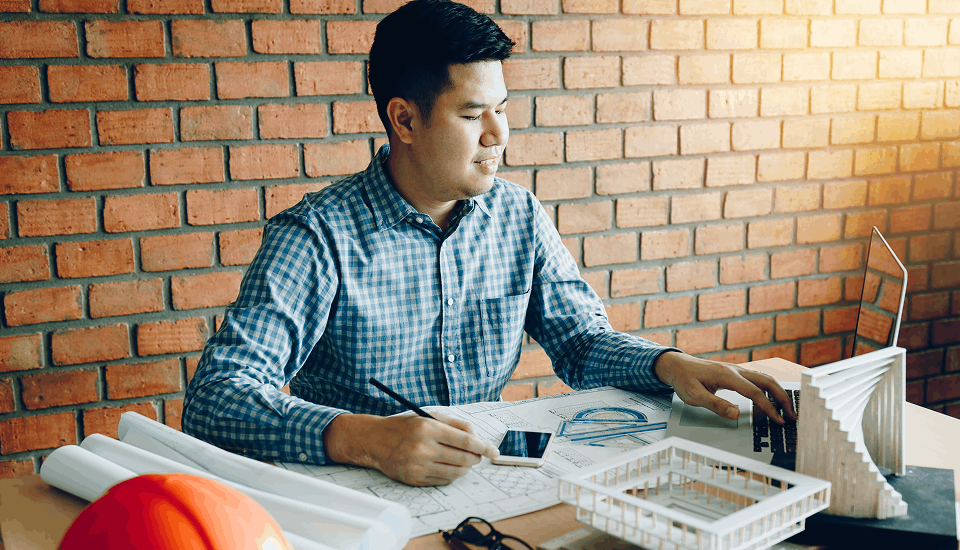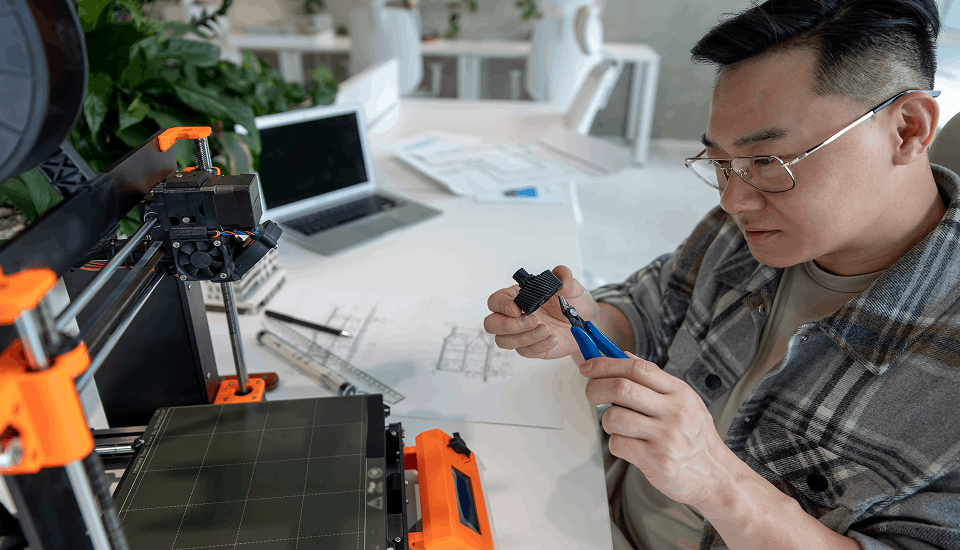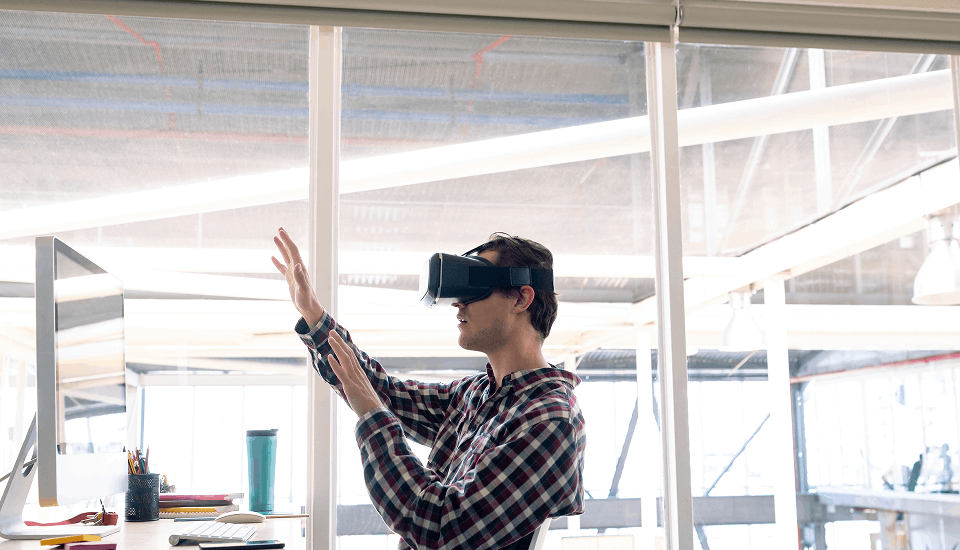Engineers can utilise AI-driven engineering solutions to solve complex problems, reduce costs, and enhance efficiency from optimising designs to revolutionising manufacturing and sustainability.
In the past, engineers previously depended on manual calculations, trial-and-error prototyping, and empirical knowledge. Designs were developed with static models, requiring large-scale physical testing to determine reliability. Formulating processes relied on human monitoring, which made them subject to inefficiencies and errors. Infrastructure projects were constructed using historical data and generalised forecasts, often unable to respond in real-time.
Today, AI influences modern engineering practices to reduce limitations. These adaptations make faster and smarter work for engineers, allowing for massive database analyses, highly accurate simulation of real-world conditions, and successful physical implementation.
By understanding AI’s transformative role, engineers can embrace its potential and stay ahead of technological innovation. This blog will explore how AI shapes modern engineering practices, from intelligent design automation to advanced manufacturing and sustainable infrastructure.
AI-Driven Engineering Solutions in Design and Product Development

A faster, better precision and lower costs design product is achievable by harnessing AI potential.
AI-Powered Design Automation and Generative Design
AI-powered design automation also helps to reduce repetitive tasks, enabling designers to focus more on creative problem-solving. Moreover, generative design allows engineers to create numerous design variations based on specified parameters like materials, size, and functional requirements.
Role of AI in Simulation, Prototyping, and Testing
AI can provide immediate insight into design performance under different conditions, accelerating product development’s simulation and prototype phases. Moreover, fewer physical prototypes will be needed since using AI-driven engineering solutions helps predict product behaviour in real-world environments through machine learning algorithms. AI-driven testing tools can conduct stress tests and performance standards to verify product durability prior to manufacturing.
Real-World Examples of AI-Driven Innovations in Product Development
Companies can incorporate AI s into the product development cycle as implemented within various industries. This can address consumer needs more effectively by taking advantage of innovation among products while shortening the development process. In electronics, for instance, AI learning from user data and behaviour patterns can help design more efficient and user-friendly devices. Likewise, a vehicle’s aerodynamics, safety, and energy efficiency can be optimised when designing using AI-driven systems.
Enhancing Manufacturing with AI-Driven Engineering Solutions

Industrial engineers use AI-driven engineering solutions to optimise efficiency, reduce cost, and improve product quality by transforming the production process.
AI in Predictive Maintenance and Real-Time Monitoring
Internet of Things (IoT) sensors using machine learning algorithms predict possible failures through analysis of machine data. Monitoring in real-time reduces downtime and maintenance expenses while keeping production efficiency high.
Intelligent Automation and Robotics in Manufacturing
AI-powered robots can carry out precise complex assembly work. Also, minimise inventory waste by anticipating fluctuations in demand, and controlling inventory and order fulfillment on their own to improve logistics efficiency.
AI’s Role in Improving Quality Control and Reducing Production Costs
Engineers integrate AI-powered quality control systems into manufacturing operations to automate inspection strategies. Therefore, reducing human errors, improving production consistency, and streamlining production workflows.
AI-Driven Engineering Solutions for Sustainable Infrastructure and Smart Cities

AI is essential to meet the demand for sustainable development and smart urban planning.
AI’s Contribution to Energy-Efficient Engineering Solutions
Optimising energy consumption while minimising environmental impact is one of the most significant challenges in engineering. AI-driven engineering solutions help by:
- Smart Energy Grids: Optimising distribution and reducing waste by AI algorithms analysis of energy demand patterns.
- Building Energy Management Systems: Improve energy efficiency with AI-powered sensors that regulate heating, ventilation, and lighting.
- Renewable Energy Optimisation: AI predicts energy output based on weather conditions to maximise solar and wind power generation.
Engineers can contribute to sustainability goals and reduce carbon footprints by designing and implementing energy-efficient systems with the use of artificial intelligence.
Smart Infrastructure Development and AI-Powered Urban Planning
Utilising AI in engineering designs and management of infrastructure projects can lead to more intelligent and efficient cities.
- Traffic optimisation: AI-powered traffic management systems analyse real-time data to improve road efficiency and reduce congestion.
- Automated construction management: AI assists engineers in monitoring construction sites, ensuring project timelines are met while minimising resource waste.
- Smart water and waste management: AI predicts water usage patterns and optimises waste disposal systems for sustainable urban development.
- The City Brain initiative: AI can operate City Brain, providing real-time insights and recommendations to support urban planning and policymaking.
Urban planners and civil engineers can develop adaptive, data-driven solutions that improve the quality of life for city residents by integrating AI into engineering projects.
Overcoming Challenges in Implementing AI-Driven Engineering Solutions

Despite its transformative benefit, AI-driven engineering solutions still come with challenges in its implementation among engineers and organisations who utilise it.
Ethical Considerations and Data Security Concerns
Concerns about ethics and data security are becoming rampant as AI systems become more integrated into engineering practices. Key challenges include:
- Bias in AI algorithms: The unintentional biases present in data training of AI models can compromise engineering decisions. Fairness and transparency in AI-driven designs should be ensured by engineers when using them in their work.
- Job Displacement and Economic Impacts: Issues about job losses and workforce displacement from AI automation. Companies’ transition should focus on reskilling engineers, developing AI-assisted roles, and ensuring economic sustainability.
- Transparency and Explanation: The “Black Box” nature of some AI models raises concerns about transparency and interpretability as it makes the decision-making process difficult to understand.
- Data privacy risks: AI is concerned about cybersecurity and protecting sensitive information as it relies on vast data. Thus, it is essential to ensure secure encryption compliance with regulations.
- Accountability in AI-driven engineering: When AI makes important engineering choices, figuring out who is responsible if something goes wrong is complicated. Establishing clear guidelines for AI accountability is necessary.
The Need for Skilled AI-Driven Engineering Professionals
Understanding both engineering principles and AI technologies determines the successful implementation of AI in engineering. However, the skill gap in the industry still exists causing challenges including:
- Limited AI expertise among engineers: Lack of formal training in AI, machine learning, and data analytics of many engineering professionals.
- Integration complexity: Engineers learning to incorporate AI into existing engineering workflows without disrupting operations.
- Continuous learning requirements: Ongoing education and upskilling for engineers to stay competitive is required as AI is evolving rapidly.
- Shortage of Industry-Specific AI Training Programs: Lack of industry-specific AI applications for engineering solutions.
Companies can invest in AI-driven upskilling initiatives to bridge this gap. Through this step, they’ll be ensured that their engineers can keep up with the increasing demand of AI technology. This does not only beneficial to their employees but also strengthen business operation and drive long term growth.
Future Trends and the Evolving Role of AI in Engineering
The potential of AI in engineering is undeniable, despite challenges. Emerging trends include:
- AI-powered collaborative engineering: AI will assist teams in real-time problem-solving and design innovation through generative design and predictive modelling.
- Autonomous engineering system: AI-driven automation will enable self-optimising machines and infrastructure with minimal human intervention.
- Sustainable AI-driven engineering: AI will play a larger role in environmental engineering, supporting carbon-neutral designs and resource-efficient manufacturing.
Conclusion
AI is one of the trending innovations nowadays and like other industries, it causes a shift in the engineering landscape. No longer just a tool, AI has become a driving force behind smarter designs, efficient manufacturing, and sustainable infrastructure. By leveraging AI-driven engineering solutions, engineers can streamline processes, enhance accuracy, and push the boundaries of what’s possible.
Yet, the journey in AI-driven engineering solutions will always include challenges. Ethical concerns, data security tasks, and the growing skill gap require the need for responsible adaptation and continuous learning. Engineers and organisations will transition properly by investing in AI education and developing a framework for ethical AI integration.
AI’s readiness in the engineering industry isn’t the only question, but also if the companies are ready to be part of the transformation. The future of engineering is in the hands of those who adopt AI, apply it innovatively, and utilise it to create a more intelligent and efficient world.
Staff Domain’s offshore outsourcing solutions connect your business to a highly experienced global talent pool for game-changing results. Manage your offshore workforce effortlessly with our comprehensive compliance, payroll, and HR support, and benefit from fixed, transparent pricing in your local currency. Contact us today or schedule a meeting with our Sales team to quickly source the right offshore team for your business.
FAQs: AI Role in Modern Engineering Practices
1. How is AI transforming modern engineering practices?
AI-driven engineering solutions revolutionise the industry by enhancing design automation, manufacturing efficiency, predictive maintenance, and sustainable infrastructure development. Engineers now use AI-driven engineering solutions for real-time data analysis, simulation, and process optimisation, leading to smarter and faster decision-making.
2. What are the key challenges in implementing AI-driven engineering solutions?
Despite its advantages, AI-driven engineering solutions come with challenges such as:
- Bias in AI algorithms, which can affect decision-making fairness.
- Data security risks due to AI’s reliance on vast datasets.
- Job displacement concerns, as automation takes over certain tasks.
- A lack of AI expertise among engineers, requiring continuous learning and upskilling.
3. How can companies integrate AI into their engineering practices?
Companies can implement AI-driven engineering solutions by:
- Investing in AI training programs for engineers.
- Developing AI-assisted workflows to optimise efficiency.
- Ensuring ethical AI use to address bias, accountability, and security concerns.
4. Will AI replace engineers in the future?
AI is not likely to replace engineers but will augment their capabilities. AI-driven engineering solutions automate repetitive tasks, allowing engineers to focus on problem-solving, creativity, and innovation. Instead of job loss, the industry is shifting toward AI-assisted roles requiring a new skill set.









